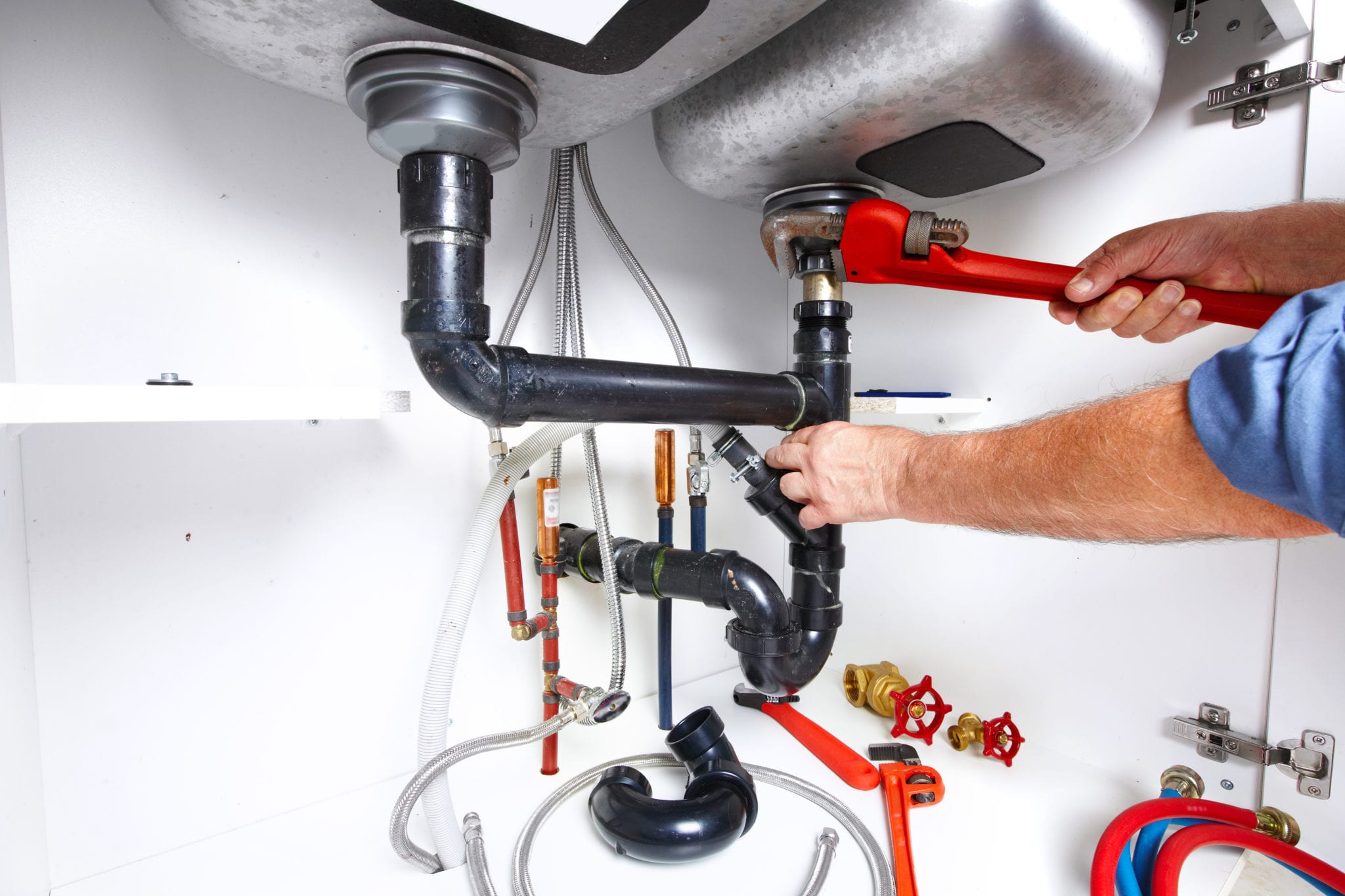Exactly how to Check If Your Residence Has a Surprise Leakage
Exactly how to Check If Your Residence Has a Surprise Leakage
Blog Article
We've found this great article pertaining to Hacks to detect leaks down the page on the net and figured it made good sense to relate it with you on my blog.

Early detection of leaking water lines can alleviate a prospective catastrophe. Some small water leaks may not be visible.
1. Examine the Water Meter
Every house has a water meter. Examining it is a guaranteed way that assists you discover leakages. For starters, switch off all the water sources. Make certain nobody will certainly flush, make use of the faucet, shower, run the washing equipment or dishwashing machine. From there, go to the meter as well as watch if it will certainly change. Given that no one is using it, there need to be no movements. If it relocates, that indicates a fast-moving leakage. If you find no adjustments, wait an hour or two as well as examine back again. This indicates you might have a slow leak that might also be below ground.
2. Examine Water Intake
Assess your water expenses as well as track your water usage. As the one paying it, you must see if there are any discrepancies. If you find sudden changes, in spite of your intake coinciding, it suggests that you have leakages in your plumbing system. Remember, your water bill should fall under the same variety monthly. A sudden spike in your bill indicates a fast-moving leakage.
A steady rise every month, also with the exact same practices, shows you have a slow-moving leakage that's additionally slowly intensifying. Call a plumber to thoroughly examine your residential or commercial property, especially if you really feel a cozy area on your floor with piping below.
3. Do a Food Coloring Test
When it comes to water intake, 30% comes from bathrooms. If the shade somehow infiltrates your dish during that time without flushing, there's a leakage in between the tank and also bowl.
4. Asses Outside Lines
Don't fail to remember to inspect your outside water lines also. Should water permeate out of the connection, you have a loosened rubber gasket. One tiny leakage can squander tons of water as well as increase your water expense.
5. Analyze the scenario and check
Property owners need to make it a practice to inspect under the sink counters and also also inside cabinets for any type of bad odor or mold and mildew development. These 2 red flags suggest a leakage so punctual focus is called for. Doing regular evaluations, even bi-annually, can conserve you from a significant issue.
Examine for stainings and damaging as most pipelines as well as home appliances have a life span. If you think leaking water lines in your plumbing system, do not wait for it to rise.
Early discovery of leaking water lines can mitigate a potential calamity. Some little water leakages may not be visible. Examining it is a proven method that helps you discover leakages. One small leak can waste tons of water and increase your water expense.
If you suspect dripping water lines in your plumbing system, don't wait for it to escalate.
WARNING SIGNS OF WATER LEAKAGE BEHIND THE WALL
PERSISTENT MUSTY ODORS
As water slowly drips from a leaky pipe inside the wall, flooring and sheetrock stay damp and develop an odor similar to wet cardboard. It generates a musty smell that can help you find hidden leaks.
MOLD IN UNUSUAL AREAS
Mold usually grows in wet areas like kitchens, baths and laundry rooms. If you spot the stuff on walls or baseboards in other rooms of the house, it’s a good indicator of undetected water leaks.
STAINS THAT GROW
When mold thrives around a leaky pipe, it sometimes takes hold on the inside surface of the affected wall. A growing stain on otherwise clean sheetrock is often your sign of a hidden plumbing problem.
PEELING OR BUBBLING WALLPAPER / PAINT
This clue is easy to miss in rooms that don’t get much use. When you see wallpaper separating along seams or paint bubbling or flaking off the wall, blame sheetrock that stays wet because of an undetected leak.
BUCKLED CEILINGS AND STAINED FLOORS
If ceilings or floors in bathrooms, kitchens or laundry areas develop structural problems, don’t rule out constant damp inside the walls. Wet sheetrock can affect adjacent framing, flooring and ceilings.
https://www.servicemasterbyzaba.com/blog/how-to-detect-water-leakage-in-walls/

As an enthusiastic person who reads on Finding hidden leaks, I think sharing that piece of writing was worthwhile. Sharing is good. Helping others is fun. We take joy in reading our article about Leaking water lines.
Report this page